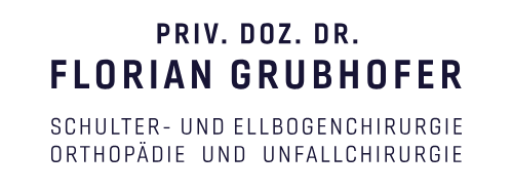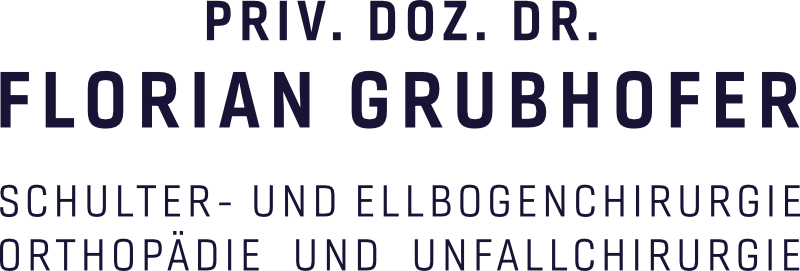What is an Anatomic Total Shoulder Replacement?
An anatomic total shoulder replacement involves replacing the damaged humeral head and worn-out glenoid caused by arthritis. The humeral head is replaced with a prosthetic head, typically made of metal like cobalt-chromium or Titanium. The glenoid is usually replaced with a polyethylene implant, though some designs use a metal glenoid paired with a polyethylene humeral head.
When is an Anatomic Total Shoulder Replacement Performed?
This procedure is indicated for shoulder joint arthritis when specific criteria are met:
• Intact Rotator Cuff: The subscapularis, supraspinatus, infraspinatus, and teres minor tendons must be functional.
• Adequate Bone Stock: The glenoid must not be excessively worn.
• Proper Joint Alignment: The humeral head should not be significantly displaced posteriorly.
If these conditions are not satisfied—such as in cases of severe bone loss, marked retroversion, or a compromised rotator cuff—an anatomic total shoulder replacement has a higher risk of failure. In such situations, a reverse total shoulder replacement is often recommended. Imaging studies, including X-rays, CT scans, and MRIs, help assess these factors.
What Function Can Be Expected After Surgery?
When the prerequisites of an intact rotator cuff, adequate bone stock, and proper joint alignment are met, anatomic total shoulder replacement yields excellent outcomes in terms of:
• Pain relief
• Improved function
• Patient satisfaction
While reverse total shoulder replacements also produce excellent results, anatomic replacements typically provide superior rotational function. However, advances in reverse prosthesis design have significantly improved rotational outcomes in recent years.
How Long Does an Anatomic Total Shoulder Replacement Last?
Data from large registries, such as the Australian Orthopaedic Association National Joint Replacement Registry, report:
• 92% of anatomic shoulder replacements remain intact at 10 years.
• 82% remain intact at 20 years.
Common reasons for revision or conversion to another type of implant, such as a reverse prosthesis, include:
• Rotator cuff failure
• Glenoid loosening
• Fractures
• Infections
• Posterior instability
What is the Rehabilitation Process After Surgery?
Rehabilitation focuses on protecting the subscapularis tendon, which is elevated during surgery for joint access and reattached to the lesser tuberosity at closure.
• Weeks 1–6: Immobilization in a sling to allow the subscapularis tendon to heal.
• Week 7 onward: Initiation of passive and active-assisted range-of-motion exercises without resistance.
• Week 12 onward: Gentle strengthening exercises.
• Week 16 onward: Transition to full-weight training and unrestricted activities.
Proper rehabilitation is crucial for the long-term success of the prosthesis and the restoration of shoulder function.

